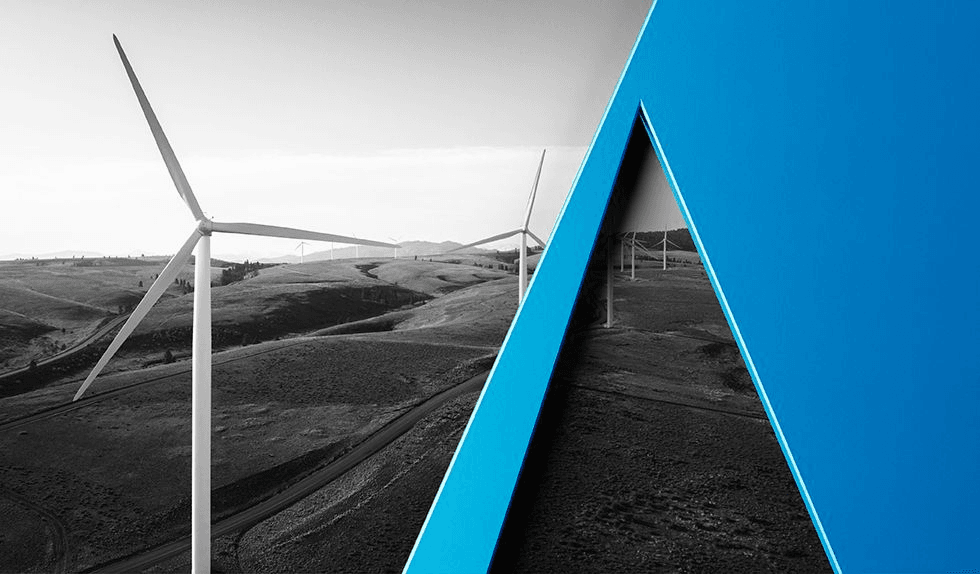Renewable Electricity Standard Act
Introduced by Sen. Tom Udall (D-NM) on June 26, the Renewable Electricity Standard Act would amend the Public Utility Regulatory Policies Act of 1978 to establish a national standard intended “to achieve at least 50 percent renewable electricity nationwide” by 2035.4 Beginning in 2020 with a required 1.5 percent increase in renewable electricity generation, the standard would require annual increases in renewable generation by retail electricity providers, ultimately ramping up to 2.5 percent in 2035. Each kilowatt hour of added renewable generation would result in the receipt of a federal renewable energy credit (“REC”) that generators could trade, sell, or bank in order to meet future compliance requirements. Credits would be issued only to eligible generators: those that are not under contract to receive state RECs and are using equipment that “comes online” in 2020 or later, among other “small exceptions.”5 Such requirements could spur new deployment of and investment in renewable generation after 2020. States with existing renewable standards set at or above the federal level are eligible to opt-out of the legislation.6
Renewable Energy Extension Act
On July 25, Rep. Mike Thompson (D-CA), joined by Reps. Paul Cook (R-CA) and Brian Fitzpatrick (R-PA), introduced the Renewable Energy Extension Act.7 Sen. Catherine Cortez Masto (D-NV) introduced companion legislation in the Senate.8 The legislation would amend Section 48 of the Internal Revenue Code9 to extend the expiration date for tax credits across a range of clean energy investments.10 Certain credits, currently set at 30 percent, are scheduled to phase-out this year before expiring in 2021.11 While a 10 percent credit for solar and geothermal energy remains after 2021, this legislation would extend the 30 percent credit for all eligible resources until the end of 2026.12
House E&C Committee Announcement
On July 23, House E&C Committee Chairman, Frank Pallone Jr. (D-NJ), together with Reps. Paul Tonko (N-NY) and Bobby L. Rush (D-IL), announced a new plan to attain a “100 percent clean economy by 2050.”13 Citing a need for greater federal leadership in combatting climate change, Rep. Pallone indicated the Committee’s intention to “produce comprehensive legislation” to meet this target.14 On July 24, the Committee held the first of a number of hearings dedicated to discussing potential policies intended to decarbonize all sectors of the U.S. economy.15 Future hearings will cover the reduction of industrial or transportation emissions, among other topics.16
Implications
Despite their limited chance of passage, the legislation, paired with growing public support for clean energy, require industry consideration of potential regulatory changes accommodating greater market penetration of VRE resources.17 One consideration is the effect increased VRE penetration has in reducing wholesale electricity prices—and the challenges such reductions present for the efficient and reliable operation of electricity markets.18
Regulatory battles have already begun with Federal Energy Regulatory Commission (FERC) interventions and rulings on the effect state policies have on the operation of wholesale markets, as we previously reported. More recently, FERC delayed PJM Interconnection, L.L.C’s (PJM) scheduled capacity market auction as it continues to deliberate changes to PJM’s Minimum Offer Price Rule.19 Federal action incentivizing state support for clean energy initiatives, or the implementation of federal standards, could have a significant effect on FERC’s future rulings.
1 Renewable Electricity Standard Act, S. 1974, 116th Cong. (2019).
2 Renewable Energy Extension Act, H.R. 3961, 116th Cong. (2019).
3 Press Release, H. Comm. on Energy & Commerce, E&C Leaders Announce Bold New Plan to Achieve a 100 Percent Clean Economy by 2050 (July 23, 2019), https://energycommerce.house.gov/newsroom/press-releases/ec-leaders-announce-bold-new-plan-to-achieve-a-100-percent-clean-economy-by (“E&C Press Release”).
4 See Press Release, U.S. Sen. Tom Udall, Udall, Senators Introduce Renewable Electricity Standard Legislation (June 26, 2019), https://www.tomudall.senate.gov/news/press-releases/udall-senators-introduce-renewable-electricity-standard-legislation.
5 See id.; see also U.S. Sen. Tom Udall, S. 1974 Bill Summary 1 (2019) (“While some small exceptions apply, most existing renewable electricity generation is not eligible for federal RECs.”), https://www.tomudall.senate.gov/imo/media/doc/Udall%20RES%20summary%20FINAL.pdf.
6 S. 1974 Bill Summary 2.
7 Press Release, U.S. Rep. Mike Thompson, Thompson, Cook, Fitzpatrick Introduce Renewable Energy Extension Act (July 25, 2019), https://mikethompson.house.gov/newsroom/press-releases/thompson-cook-fitzpatrick-introduce-renewable-energy-extension-act (“Renewable Energy Extension Act Press Release”).
8 Press Release, U.S. Sen. Catherine Cortez Masto, Cortez Masto Introduces Renewable Energy Extension Act (July 25, 2019), https://www.cortezmasto.senate.gov/news/press-releases/cortez-masto-introduces-renewable-energy-extension-act.
9 26 U.S.C. § 48.
10 See Renewable Energy Extension Act Press Release.
11 Cong. Research Serv., IF10479, The Energy Credit: An Investment Tax Credit for Renewable Energy (2018), https://fas.org/sgp/crs/misc/IF10479.pdf.
12 See id.; see also Renewable Energy Extension Act Press Release.
13 E&C Press Release.
14 Id.
15 Building America’s Clean Future: Pathways to Decarbonize the Economy: Hearing Before the Subcomm. on Env’t & Climate Change of the H. Comm. on Energy & Commerce, 116th Cong. (2019), https://energycommerce.house.gov/committee-activity/hearings/hearing-on-building-americas-clean-future-pathways-to-decarbonize-the.
16 E&C Press Release.
17 See generally Thomas Jenkin et al., Nat’l Renewable Energy Lab., NREL/TP-6A20-65491, Capacity Payments in Restructured Markets under Low and High Penetration Levels of Renewable Energy (2016), https://www.nrel.gov/docs/fy16osti/65491.pdf.
18 A 2018 study by the Lawrence Berkley National Laboratory, for example, found that greater VRE penetration would result in lower electricity prices as well as greater price volatility throughout the day. See Joachim Seel et al., Lawrence Berkeley Nat’l Lab., Impacts of High Variable Renewable Energy Futures on Wholesale Electricity Prices, and on Electric-Sector Decision Making (2018), http://eta-publications.lbl.gov/sites/default/files/report_pdf_0.pdf.
19 PJM Statement on FERC Capacity Auction Ruling, PJM Inside Lines (July 25, 2019), http://insidelines.pjm.com/pjm-statement-on-ferc-capacity-auction-ruling/.



